of Victoria
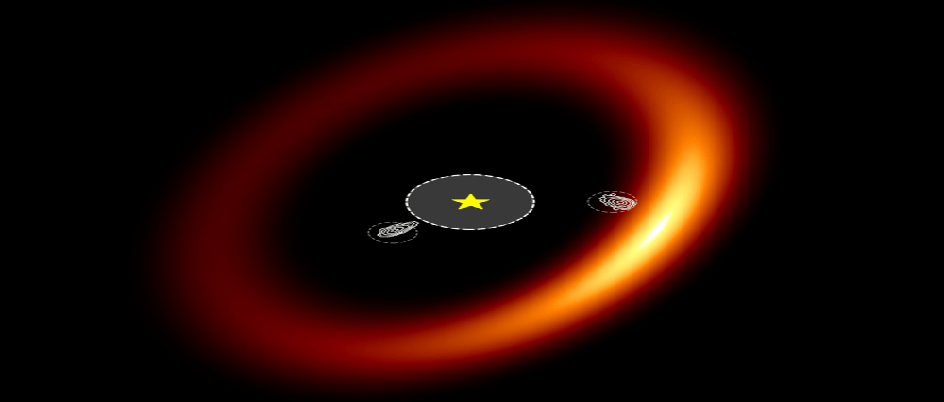
A team led by UVic grad student Dori Blakely, alongside faculty members Doug Johnstone and Ruobing Dong, successfully utilized the James Webb Space Telescope to capture groundbreaking images of dust around two protoplanets orbiting the young star PDS 70. Using the Canadian-provided NIRISS instrument, the team revealed new insights into exoplanet formation, showcasing UVic's significant contributions to this cutting-edge astronomical research.Image Credit:Blakely et al
Dusty Protoplanets Around a Young Star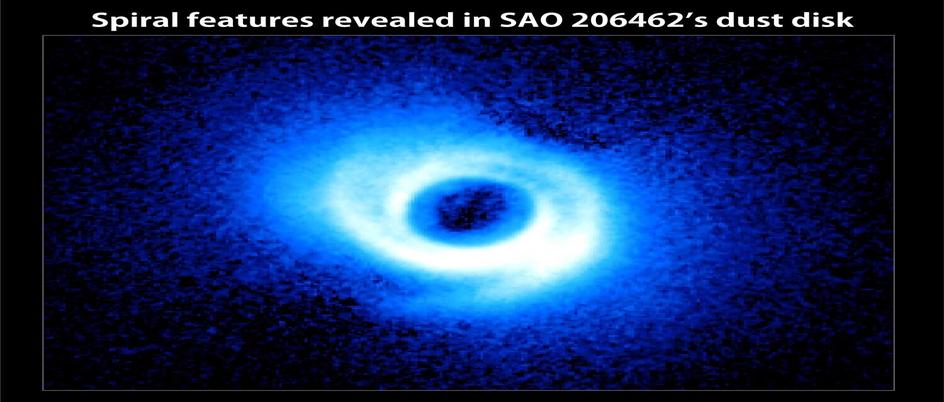
UVic’s graduate student Camryn Mullin, alongside UVic faculties Ruobing Dong and Doug Johnstone, has harnessed the James Webb Space Telescope to search for forming planets in the disks around young stars. Utilizing Webb’s NIRCam instrument, they investigated HL Tau, SAO 206462, and MWC 758, revealing significant evidence of planetary formation. Their research, published in a series of three papers, highlights the intricate structures within these disks, advancing our understanding of exoplanet formation and positioning UVic at the forefront of astronomical discovery. Image credit: NAOJ/Subaru
Planet Formation in Young Star Disks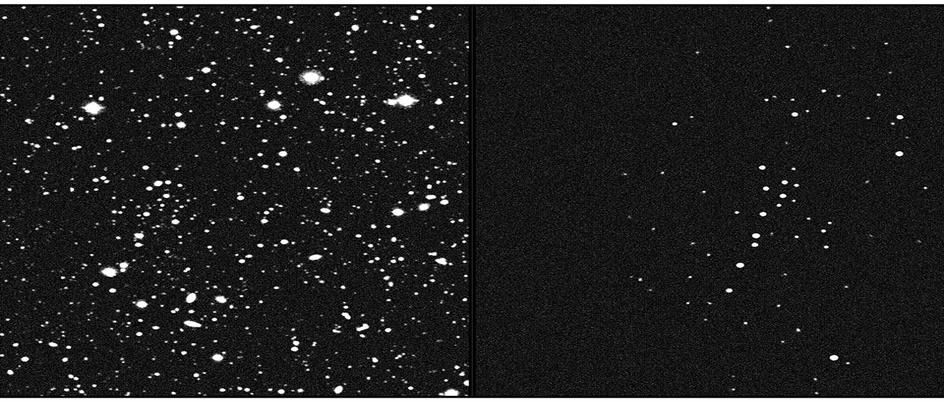
Simon Smith, a graduate student at the University of Victoria, led a team that discovered a new, extremely faint satellite of the Milky Way Galaxy, named “Ursa Major III/UNIONS 1” (UMa3/U1). This discovery was made using images from the multi-observatory UNIONS survey. UMa3/U1, estimated to be 32,000 lightyears from the Sun and 11 billion years old, has a total mass of only about 16 solar masses. The team suggests it could be a remnant of a dwarf galaxy, stripped of most of its mass by the Milky Way.
The Faintest Milky Way Satellite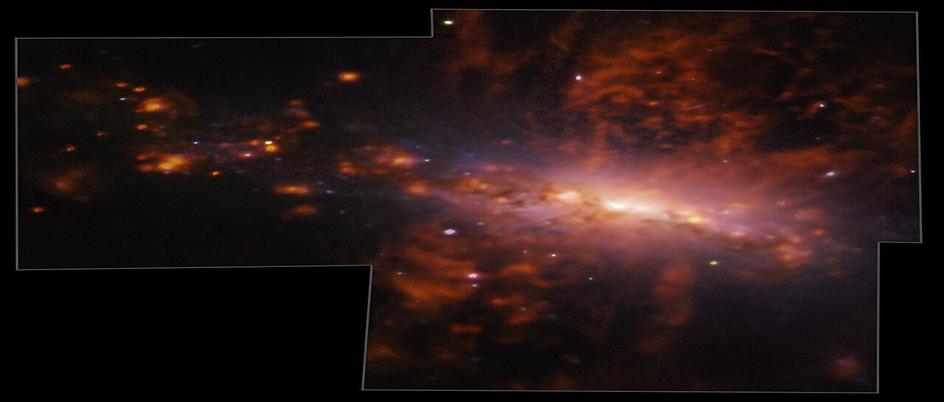
Plaskett Fellow Toby Brown, in collaboration with a group of researchers, has highlighted a spectacular outflow from the galaxy NGC 4363. This spiral galaxy, part of the Virgo Cluster, reveals extensive star formation outside its nominal disk, likely induced by increased pressure as it moves into the cluster's denser gas. Utilizing deep optical and ultraviolet imaging, the team unveiled significant galactic pollution, advancing our understanding of galaxy evolution and emphasizing UVic's pivotal role in this discovery.Credit: ESO/A.Watts et al
Giant outflows exposes galaxy pollution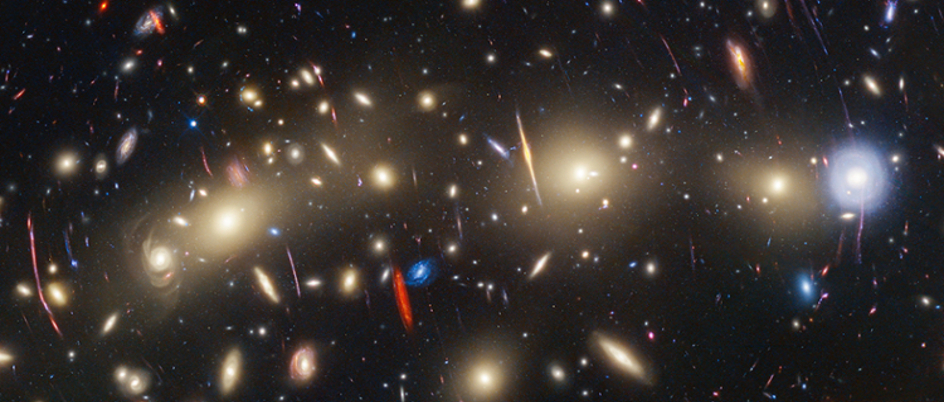
The The PEARL team, including NRC Plaskett Fellow Madeline Marshall, has masterfully combined observations from the James Webb and Hubble telescopes to create the most colorful view of the universe. MACS J0416.1-2403, situated about 4.3 billion light-years from the Sun, presents a mesmerizing image festooned with galaxies in golden, red, and blue hues, evoking the grandeur of a cosmic Christmas tree
Cosmic Christmas Tree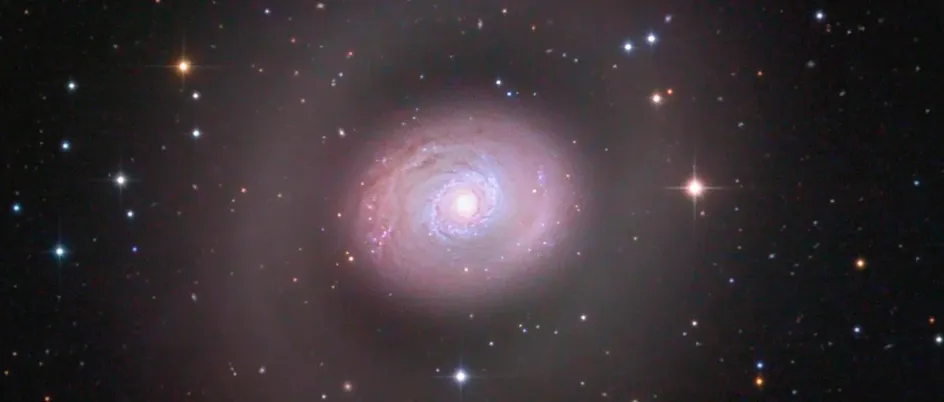
UVic professor Julio Navarro, in collaboration with Alejandro Benítez-Llambay, has potentially identified a starless, dark matter galaxy. Named 'Cloud-9', this galaxy near M94 might be the first observed instance of a REionization-Limited-HI Cloud (RELHIC), a crucial element in understanding the formation and evolution of galactic structures in the universe.
Starless galaxyThe Astronomy Research Centre (ARC) at the University of Victoria brings together world-renowned researchers in astrophysics, engineering, computation, and instrumentation working in or near Victoria, BC.
UVic scientists and engineers work closely with colleagues at the nearby NRC Herzberg Institute in Saanich, the NRC DRAO in Penticton, and at TRIUMF in Vancouver, to form one of the largest concentrations of astronomy-related talent in Canada.
Our mission is to communicate the exciting astronomical research being done at/with UVic, to facilitate new collaborations and synergy, to support high quality undergraduate, graduate and post-doctoral training, and to foster public engagement in science.
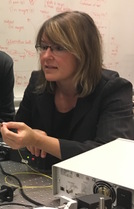
Welcome to the UVic Astronomy Research Centre! We were established in 2015 as a communication platform to increase awareness and opportunities in astronomical research at UVic. Our members from UVic’s faculties of Science and Engineering work with researchers at the nearby NRC’s Herzberg Astronomy & Astrophysics Research Centre in Saanich, BC, the NRC’s Dominion Radio Astronomy Observatory in Penticton, BC, the TRIUMF lab in Vancouver, BC, and with industrial partners across Canada.
Members of the ARC include students, postdocs, staff, faculty, adjuncts, and associates involved in a wide range of astronomical research, including ground and space-based instrumentation. All of our work requires research support, through local and national computer servers, rapid access to cloud computing, and high-performance computing for intensive simulations. These are top priorities for the ARC, both to serve our members, and to share the research outcomes from this cluster of excellence across Canada and with the broader community.
ARC hosts or supports local astronomy-related workshops, and helps to coordinate major funding requests and other research initiatives. Currently, ARC hosts an NSERC-CREATE training program on New Technologies for Canadian Observatories (NTCO), it is involved in the CFI-funded GIRMOS instrument being built at NRC-Herzberg for the Gemini-South Observatory, and is part of the large CFI-proposal to contribute to the ANDES high resolution spectrograph at the European Extremely Large Telescope. Members of ARC have been involved in building and commissioning of the new GHOST spectrograph at the Gemini-South Observatory (summer 2022). In addition, several members of ARC are involved in observing programs with the newly launched JWST, as well as the scientific and technical teams designing the Canadian-led CASTOR UV space mission.
Finally, ARC supports UVic activities, such as the observatory open houses and group tours, and student-led initiatives, such the astrophotography group. ARC works to be inclusive of Indigenous ways of knowing, and to be respecful of diverse perspectives in astronomy. This is a pillar in the UVic Strategic Plan, and we hope to provide a more welcoming space for all those who are curious about the sky.
We encourage you to browse these webpages, and explore the exciting research outcomes, research opportunities, and other activities supported by the ARC.
Prof. Kim Venn
ARC Director
September 2022
The Program Management Team helps to identify and prioritize the goals of the ARC, and oversees the strategic planning to reach those goals. This team is comprised of members from all significant partners in the ARC.
ARC Program Management Team members:
Dr. JJ Kavelaars (NRC Herzberg) Dr. Iris Dillmann (TRIUMF) Jaclyn Jensen (Physics & Astronomy, UVic) Dr. Erica Franzmann (Physics & Astronomy, UVic) Prof. Julio Navarro (Physics & Astronomy, UVic) Prof. Ruobing Dong (Physics & Astronomy, UVic)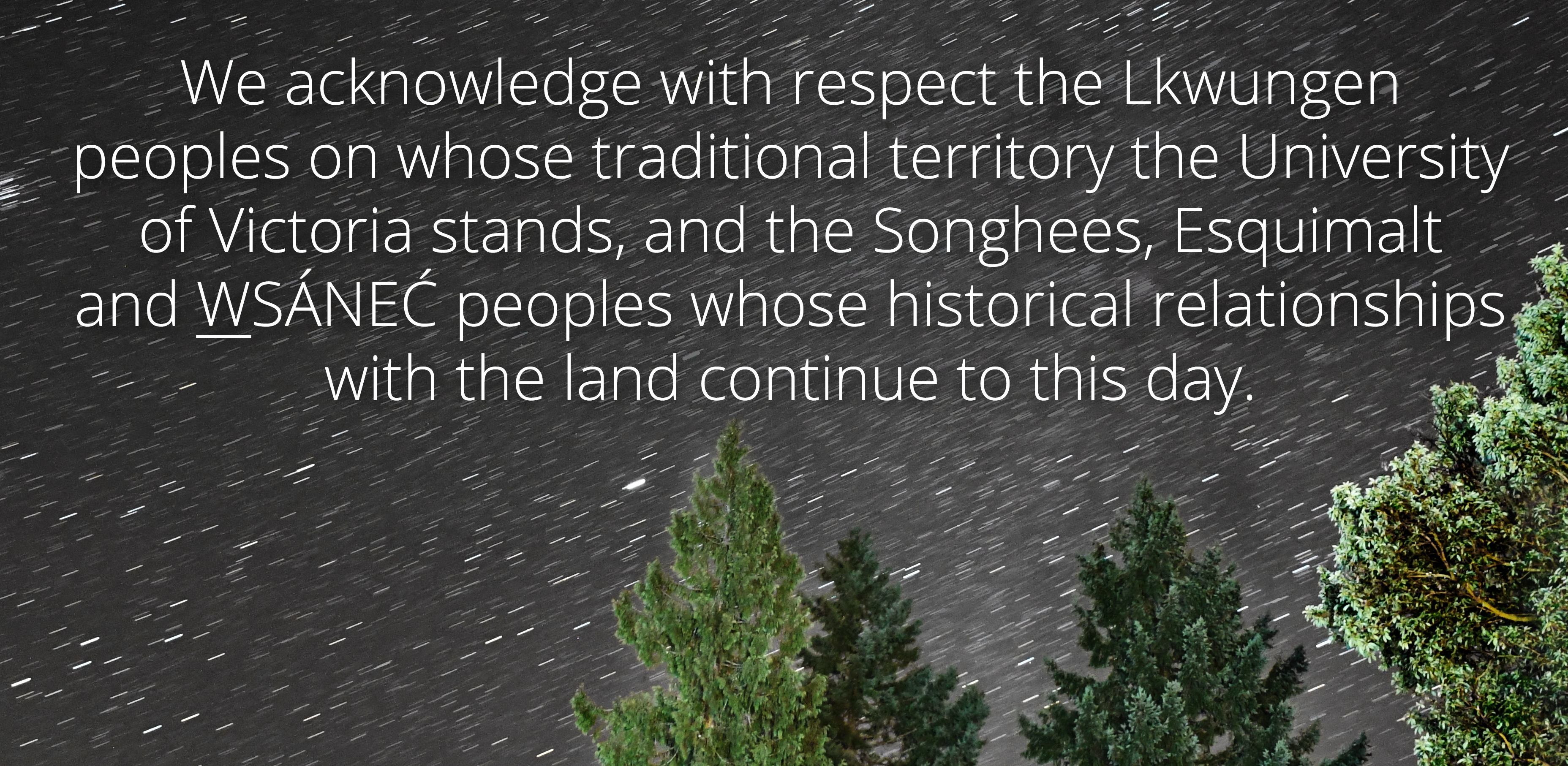
We encourage you to explore and learn from UVic's Office of Indigenous Academic & Community Engagement pages and ARC's Indigenous Acumen page.